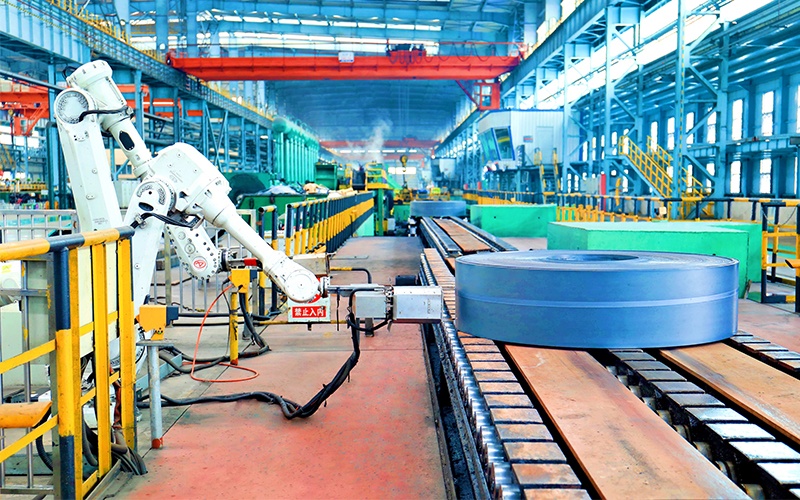The steel industry is at a pivotal moment as it faces the challenge of leading the way to a more sustainable future. As one of the most carbon-intensive industries, responsible for approximately 7-9% of global CO2 emissions, the steel sector has a crucial role to play in addressing climate change. However, with innovation, investment, and strategic leadership, the industry can transform its operations and contribute to a greener economy.
Innovation in Steel Production
One of the key avenues for making the steel industry more sustainable is innovation in production processes. Traditional steelmaking relies heavily on coal and coke, which are major sources of carbon emissions. To reduce this carbon footprint, companies are exploring alternative methods such as hydrogen-based steelmaking and electric arc furnaces (EAFs) that use scrap steel instead of raw iron ore.
Hydrogen-based steel production, in particular, is seen as a game-changer. By using hydrogen instead of coal to reduce iron ore, this process can drastically cut CO2 emissions, potentially leading to “green steel.” Pilot projects and collaborations are already underway in Europe and other regions to scale up this technology.
Investing in Renewable Energy
The shift to renewable energy is another crucial step for the steel industry. Powering steel plants with renewable energy sources such as wind, solar, and hydroelectric power can significantly lower emissions. Some companies have already started integrating renewable energy into their operations, setting ambitious targets for reducing their carbon footprint.
In addition to reducing direct emissions, the steel industry is also looking to support the broader energy transition by producing materials for renewable energy infrastructure, such as wind turbines and solar panels.
Circular Economy and Recycling
The circular economy model, which emphasizes reusing and recycling materials, offers another path to sustainability for the steel industry. Steel is inherently recyclable, and using recycled steel in production can greatly reduce the need for raw materials and the associated environmental impact. Promoting the use of recycled steel and improving recycling processes can help the industry move towards a more sustainable future.
Policy and Regulation
Government policies and regulations play a crucial role in driving the steel industry towards sustainability. Carbon pricing, emissions trading systems, and incentives for low-carbon technologies are examples of regulatory mechanisms that can encourage companies to invest in cleaner production methods.
In many regions, governments are also setting ambitious targets for reducing industrial emissions, which puts pressure on the steel industry to innovate and adapt. Collaboration between the public and private sectors is essential to ensure that these policies are effective and that the necessary infrastructure and support are in place.
Leadership and Collaboration
Leadership within the industry is critical for driving the sustainability agenda. Forward-thinking companies are not only investing in green technologies but also setting bold goals for carbon neutrality. These companies are leading by example, showing that sustainability and profitability can go hand in hand.
Collaboration across the value chain is also key. Steel producers, suppliers, customers, and governments need to work together to create a sustainable ecosystem. Initiatives like industry coalitions, research partnerships, and joint ventures can accelerate the development and adoption of green technologies.
Conclusion
Leading the steel industry to a sustainable future requires a multifaceted approach that includes innovation, investment in renewable energy, recycling, and strong leadership. As the world moves towards a low-carbon economy, the steel industry has a unique opportunity to transform itself and become a model for sustainability. By embracing these changes, the industry can reduce its environmental impact, meet the demands of a changing market, and contribute to a more sustainable world.
Samsung Demo Phone
The Samsung Demo Phone currently tops our rank of the greatest Samsung phones available, beating even the pricier iPhone Ultra Max Mega.
So unsurprisingly this is an absolutely fantastic phone. The design isn't massively changed from the previous generation, but most other elements have been upgraded. This is what we call a big boost.
-
Display
-
Performance
-
Features
-
Usability
-
Battery Life


